Home>Gardening & Outdoor>Landscaping Ideas>How Long Does It Take For Grass To Turn Green
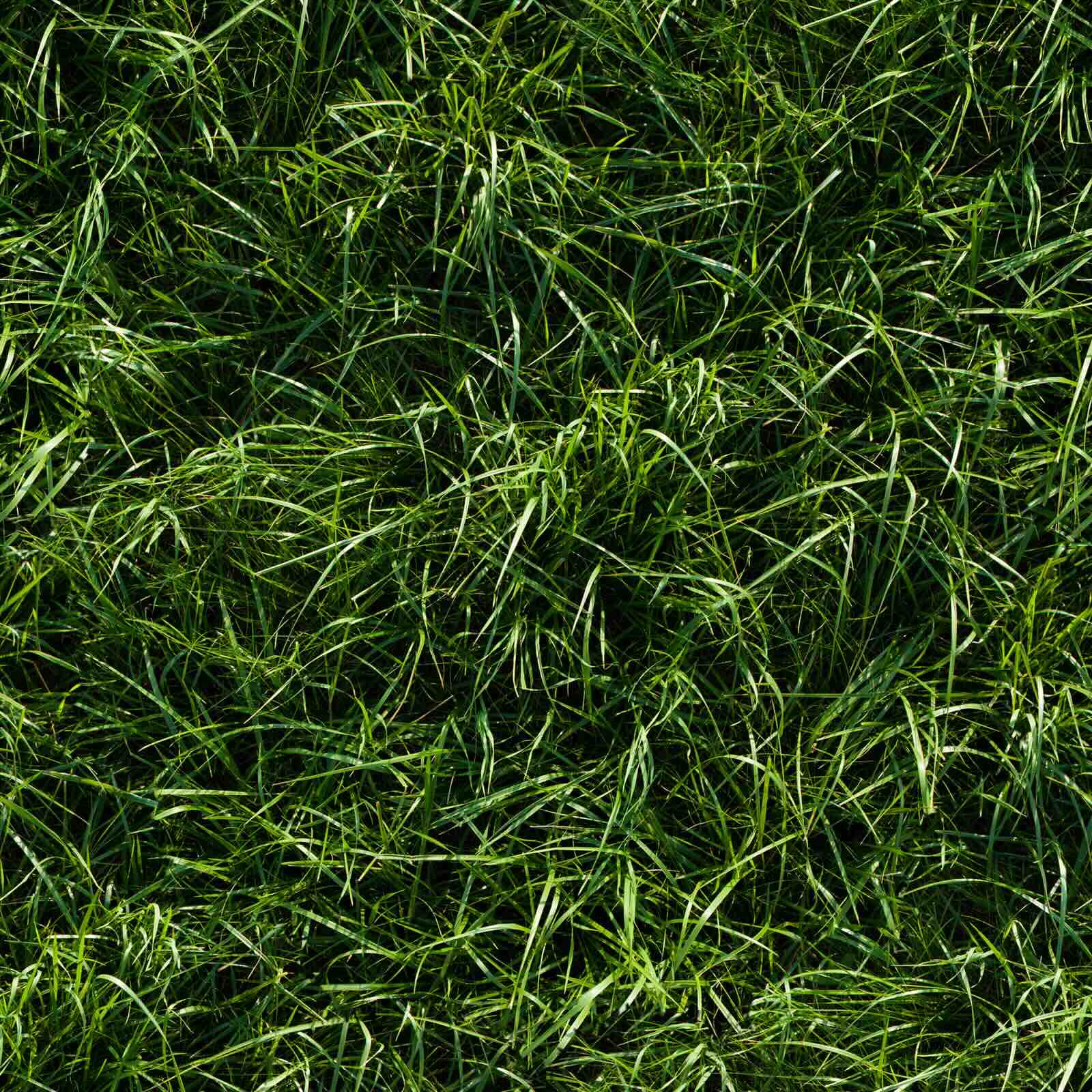

Landscaping Ideas
How Long Does It Take For Grass To Turn Green
Modified: March 5, 2024
Discover expert landscaping ideas and learn how long it takes for grass to turn green. Transform your outdoor space with our tips and advice.
(Many of the links in this article redirect to a specific reviewed product. Your purchase of these products through affiliate links helps to generate commission for Storables.com, at no extra cost. Learn more)
Introduction
Creating a lush, green lawn is a dream for many homeowners. The sight of vibrant, healthy grass can instantly elevate the aesthetics of any outdoor space, providing a welcoming environment for relaxation and recreation. However, achieving that enviable emerald green hue requires a combination of patience, knowledge, and a little bit of luck. One of the most common questions asked by individuals venturing into lawn care is, "How long does it take for grass to turn green?"
The journey to green grass begins with an understanding of the factors that influence its growth and color. From the type of grass seed used to the environmental conditions in which it is planted, numerous elements play a role in determining the timeline for achieving that coveted green expanse. In this comprehensive guide, we will delve into the various aspects that impact grass growth and the duration it takes for different types of grass to transition from seed to a lush, verdant carpet. Moreover, we will explore the environmental conditions that can either hinder or expedite this process and provide valuable tips for nurturing and maintaining a green lawn. So, let's embark on this enlightening journey to uncover the secrets of turning grass green.
Key Takeaways:
- Patience and understanding of grass growth factors are key to achieving a lush, green lawn. Different grass types have varying germination periods, influenced by soil, moisture, temperature, and light exposure.
- Strategic lawn care practices, such as proper watering, mowing, and fertilization, are essential for promoting green, healthy grass. Choosing the right grass type and optimizing environmental conditions contribute to a vibrant, inviting outdoor space.
Factors Affecting Grass Growth
Before delving into the timeline for grass to turn green, it’s crucial to understand the various factors that influence its growth. The germination and greening of grass are influenced by a myriad of elements, each playing a pivotal role in the overall process. The type of grass seed, soil composition, moisture levels, and temperature are just a few of the many factors that can significantly impact the growth and color of the grass.
Grass Seed Type: The type of grass seed used is a fundamental determinant of the time it takes for the grass to turn green. Different grass species have varying germination periods, with some sprouting relatively quickly while others may take longer to establish.
Soil Composition: The quality and composition of the soil in which the grass is planted directly affect its growth. Soil that is rich in nutrients, well-draining, and with an optimal pH level provides an ideal environment for grass to thrive and turn green more rapidly.
Moisture Levels: Adequate moisture is essential for the germination and growth of grass. Insufficient water can impede the germination process, leading to delayed greening, while excessive moisture can also be detrimental, causing issues such as mold and rot.
Temperature: The ambient temperature plays a crucial role in the germination and growth of grass. Different grass species have specific temperature requirements for optimal growth, and variations in temperature can impact the rate at which the grass turns green.
Light Exposure: Sunlight is a primary driver of photosynthesis, the process through which plants produce energy. Adequate sunlight exposure is essential for the grass to undergo photosynthesis and develop its characteristic green color.
These are just a few of the key factors that influence the growth and greening of grass. Understanding these elements is essential for comprehending the timeline and requirements for achieving a vibrant green lawn.
Germination Period for Different Grass Types
When it comes to the germination period for different grass types, it’s essential to recognize that various species exhibit distinct timelines for sprouting and turning green. Understanding these differences is crucial for planning and managing expectations when establishing a new lawn or overseeing the revitalization of an existing one.
Cool-Season Grasses: Cool-season grasses, such as Kentucky bluegrass, fescue, and ryegrass, typically have a relatively short germination period. Under optimal conditions, these grasses can sprout within 7 to 14 days, with visible greening occurring shortly thereafter. Their ability to thrive in cooler temperatures allows for a relatively rapid transition to a green lawn.
Warm-Season Grasses: In contrast, warm-season grasses, including Bermuda grass, zoysia grass, and St. Augustine grass, have a longer germination period. It can take anywhere from 10 to 21 days for these grasses to germinate, and the greening process may extend beyond that timeframe. Their preference for warmer temperatures means that the transition to a fully green lawn may require more patience and attentive care.
Transitional Zone Grasses: For individuals residing in the transitional zone, where both cool and warm-season grasses can thrive, the germination period may vary based on the specific grass types chosen. It’s important to consider the local climate and environmental conditions when estimating the time it takes for these grasses to turn green.
These general timelines provide insight into the germination periods for different grass types. However, it’s important to note that individual variations and environmental factors can influence these timelines, leading to slight deviations in the greening process.
Understanding the germination periods for different grass types empowers homeowners and landscapers to make informed decisions when selecting and cultivating a green lawn that aligns with their preferences and local climate.
Grass typically takes 7-14 days to turn green after it has been watered and receives sunlight. However, this can vary depending on the type of grass and environmental conditions.
Environmental Conditions and Grass Growth
The environment in which grass is cultivated plays a pivotal role in its growth and the duration it takes for it to turn green. From temperature and sunlight to soil quality and moisture levels, various environmental conditions can either facilitate or hinder the greening process. Understanding the impact of these factors is essential for fostering optimal grass growth and achieving a vibrant green lawn.
Temperature: Temperature is a critical environmental factor that significantly influences grass growth. Cool-season grasses thrive in cooler temperatures, with an optimal range of 60 to 75 degrees Fahrenheit for germination and greening. In contrast, warm-season grasses require higher temperatures, typically between 75 and 90 degrees Fahrenheit, to undergo the greening process efficiently.
Sunlight Exposure: Adequate sunlight is essential for the photosynthesis process, through which grass produces energy and develops its characteristic green color. Insufficient sunlight can impede the greening of grass, while excessive shade can also hinder its growth and vibrancy. Understanding the sunlight requirements of the specific grass type is crucial for optimizing its greening potential.
Soil Quality: The quality of the soil, including its nutrient composition, pH level, and drainage capacity, directly impacts grass growth and greening. Nutrient-rich soil with a balanced pH level provides an ideal foundation for vibrant green grass, while poor soil quality can impede the greening process and overall lawn health.
Moisture Levels: Adequate moisture is essential for the germination and growth of grass. Consistent, moderate watering is crucial during the germination period to ensure that the seeds receive the moisture they need to sprout and develop into green, healthy grass. However, excessive moisture can lead to issues such as mold and rot, underscoring the importance of balanced watering practices.
Environmental Stressors: Environmental stressors, such as drought, extreme heat, or prolonged periods of cold, can hinder the greening of grass and compromise its overall health. Mitigating these stressors through proper lawn care practices and proactive measures is essential for promoting optimal grass growth and achieving a vibrant green lawn.
By understanding and optimizing these environmental conditions, homeowners and landscapers can create an ideal setting for grass to thrive and turn green, fostering a visually stunning and inviting outdoor space.
Tips for Promoting Green Grass
While understanding the natural processes and environmental factors that influence grass growth is crucial, proactive measures can be taken to promote and maintain a lush, green lawn. Employing effective lawn care practices and leveraging the right strategies can significantly contribute to the greening of grass and the overall health of the lawn. Here are some valuable tips for promoting green grass:
- Choose the Right Grass Type: Selecting a grass species that is well-suited to the local climate and environmental conditions is essential for fostering green, healthy grass. Consult with local experts to determine the most suitable grass type for your region.
- Optimize Soil Quality: Conduct soil tests to assess its composition and nutrient levels. Amend the soil as needed to ensure it is rich in essential nutrients and has a balanced pH level, providing an ideal foundation for vibrant green grass.
- Implement Proper Watering Practices: Establish a consistent watering schedule, ensuring that the grass receives adequate moisture without being waterlogged. Deep, infrequent watering promotes robust root growth and green, resilient grass.
- Maintain Mowing Heights: Adjust the mower to the appropriate height for the specific grass type, avoiding excessively short cuts that can stress the grass. Proper mowing encourages healthy growth and contributes to the development of a lush, green lawn.
- Fertilize Strategically: Apply fertilizers at the right time and in the appropriate amounts to provide the grass with essential nutrients for vibrant growth and a rich green color.
- Address Lawn Compaction: Aerate the lawn to alleviate soil compaction, allowing air, water, and nutrients to penetrate the soil and promote healthy grass growth.
- Manage Weed and Pest Control: Implement effective weed control measures and address pest infestations promptly to prevent them from competing with the grass for essential resources.
- Monitor Environmental Conditions: Stay attuned to environmental factors such as temperature, sunlight exposure, and moisture levels, adjusting lawn care practices accordingly to optimize the greening process.
By incorporating these tips into your lawn care routine, you can actively contribute to the promotion of green, vibrant grass, fostering a visually captivating and inviting outdoor space for enjoyment and relaxation.
Read more: How Long For Brown Grass To Turn Green
Conclusion
Turning grass green is a fascinating journey that encompasses a blend of natural processes, environmental influences, and proactive lawn care practices. By understanding the germination periods for different grass types, the impact of environmental conditions, and the actionable tips for promoting green grass, homeowners and landscapers can embark on a rewarding quest to cultivate a lush, vibrant lawn.
From the rapid greening of cool-season grasses to the patience required for warm-season varieties, each grass type presents a unique timeline for transitioning from seed to a verdant carpet. The influence of temperature, sunlight, soil quality, and moisture levels cannot be overstated, as these environmental factors play a crucial role in nurturing green, healthy grass.
Moreover, the implementation of strategic lawn care practices, including proper watering, mowing, fertilization, and pest control, empowers individuals to actively contribute to the greening process and the overall vitality of their lawn. By selecting the right grass type, optimizing soil quality, and monitoring environmental conditions, homeowners can create an ideal setting for vibrant green grass to thrive.
Ultimately, the journey to turning grass green is a harmonious collaboration between nature and nurture. By embracing the natural processes, understanding environmental influences, and employing proactive lawn care strategies, individuals can transform their outdoor spaces into captivating havens adorned with lush, green grass.
As you embark on your quest for a green lawn, remember that patience, knowledge, and attentive care are the cornerstones of success. With dedication and a deep-rooted understanding of the factors at play, you can revel in the joy of witnessing your grass transform into a stunning, vibrant expanse that beckons you to bask in its natural splendor.
Frequently Asked Questions about How Long Does It Take For Grass To Turn Green
Was this page helpful?
At Storables.com, we guarantee accurate and reliable information. Our content, validated by Expert Board Contributors, is crafted following stringent Editorial Policies. We're committed to providing you with well-researched, expert-backed insights for all your informational needs.
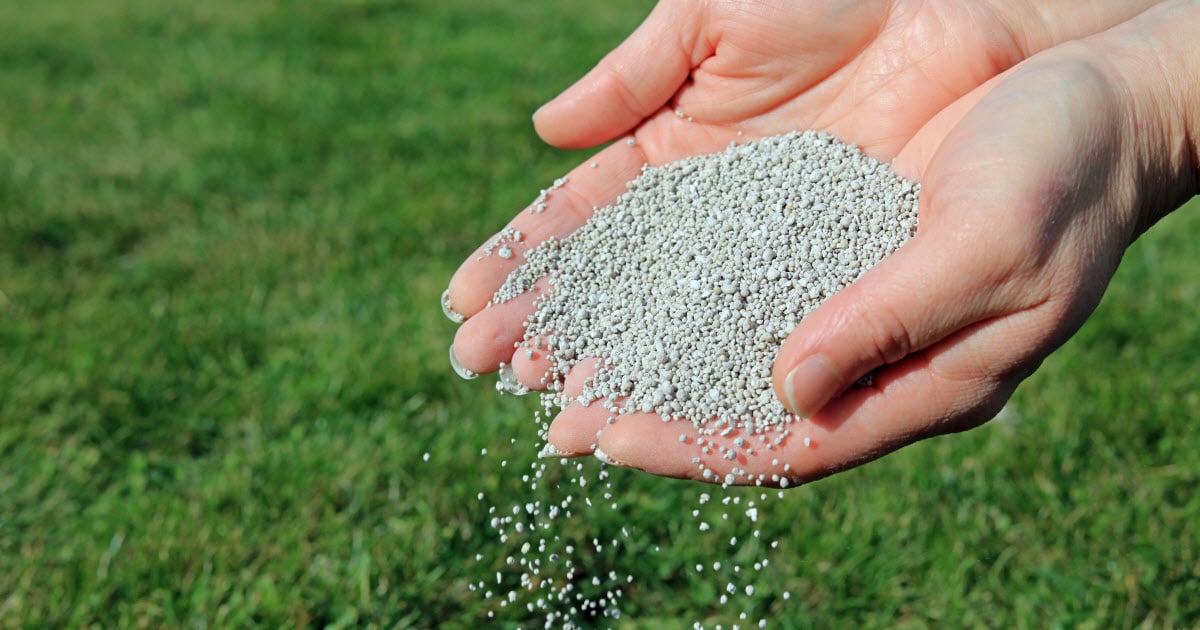
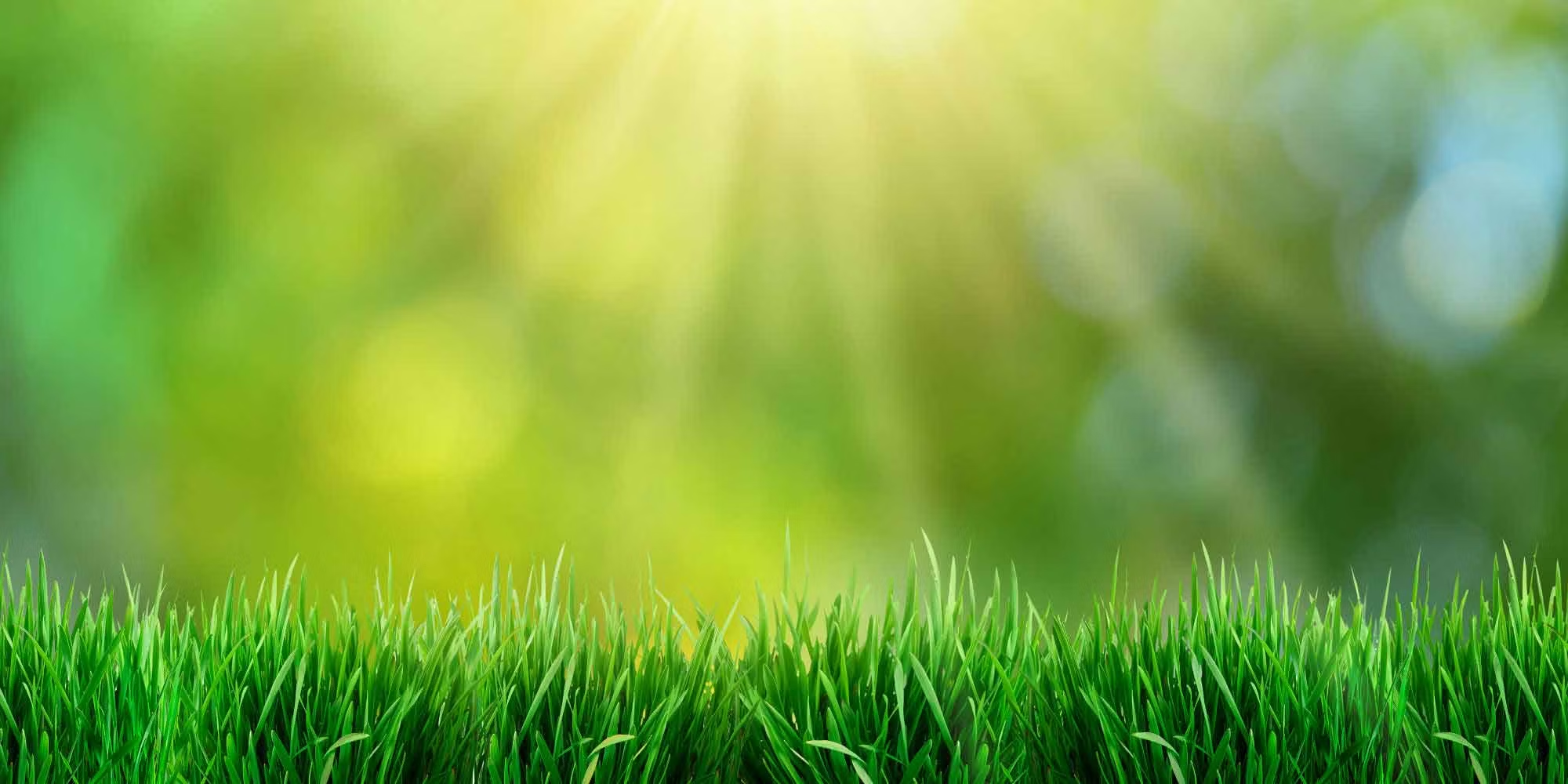

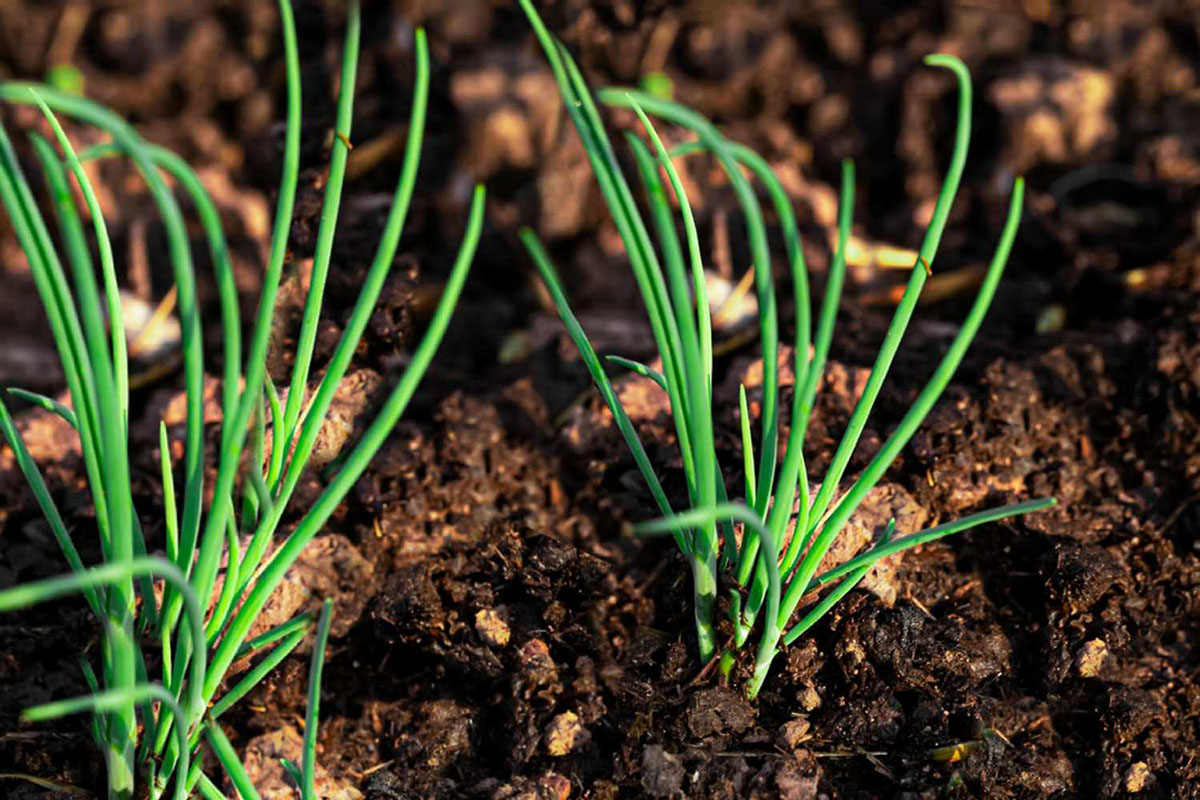
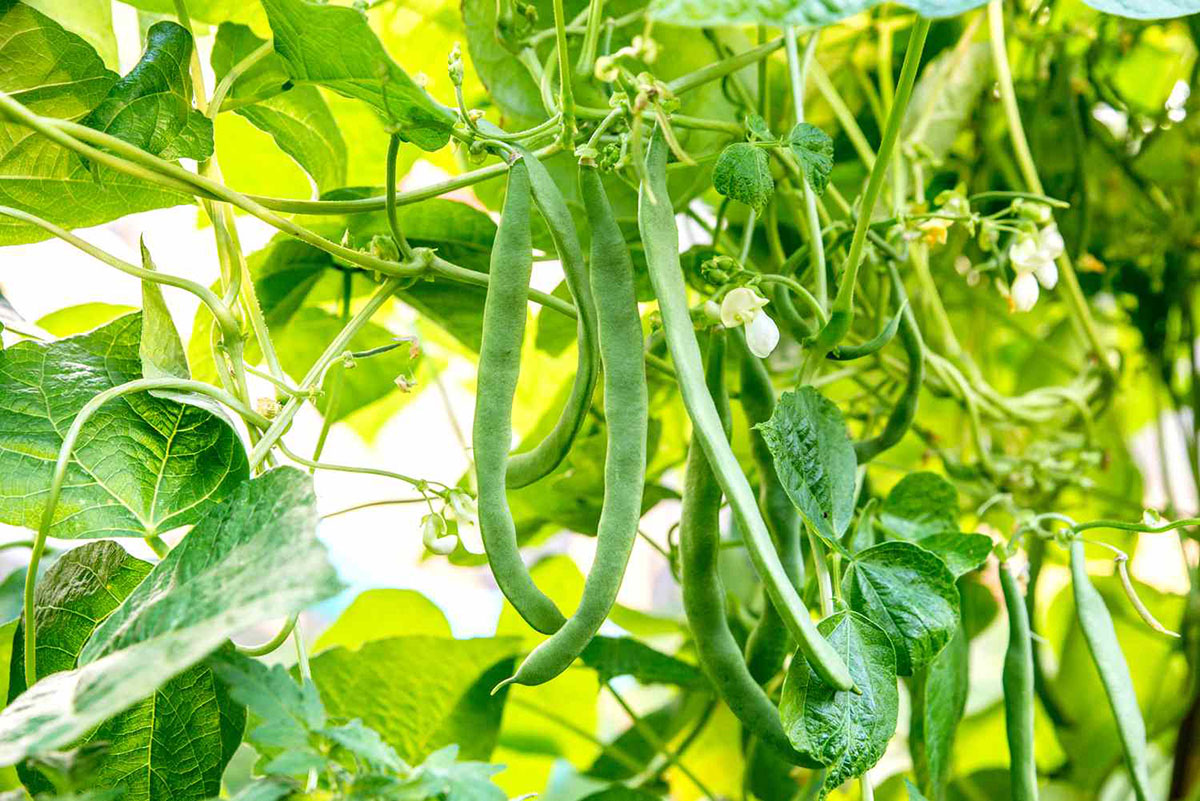
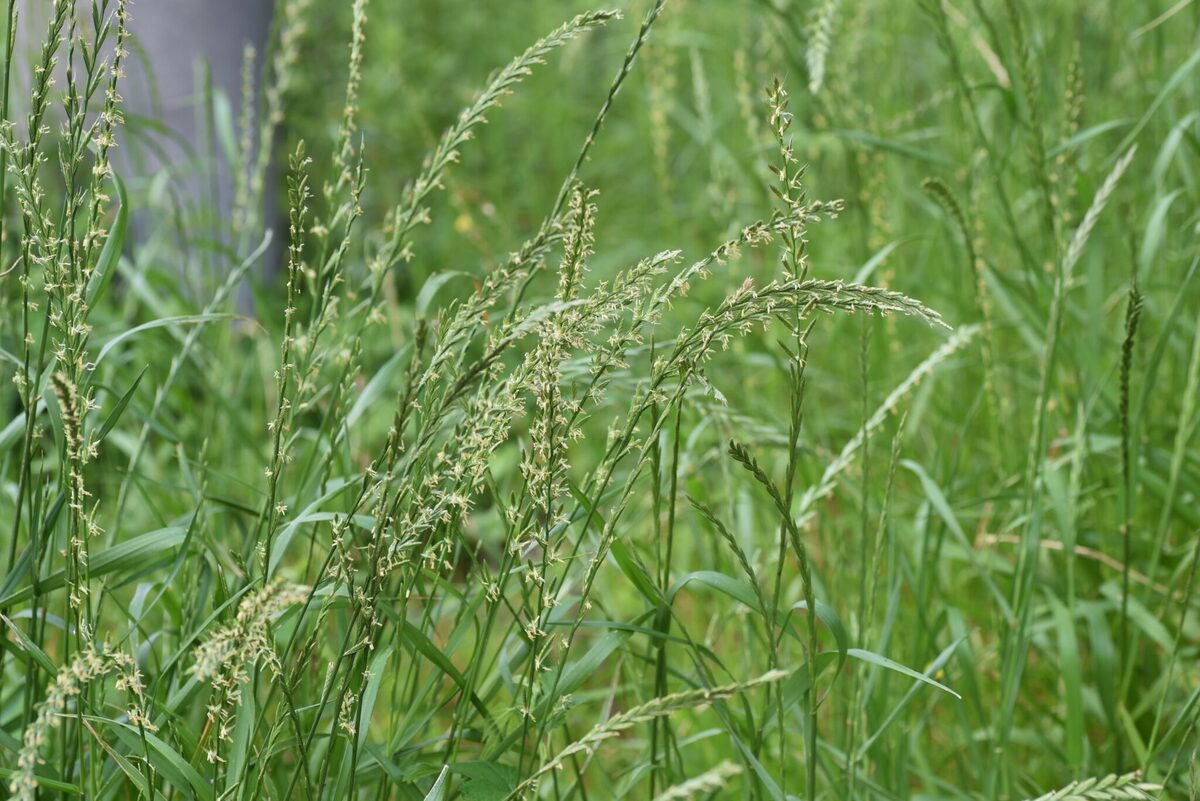
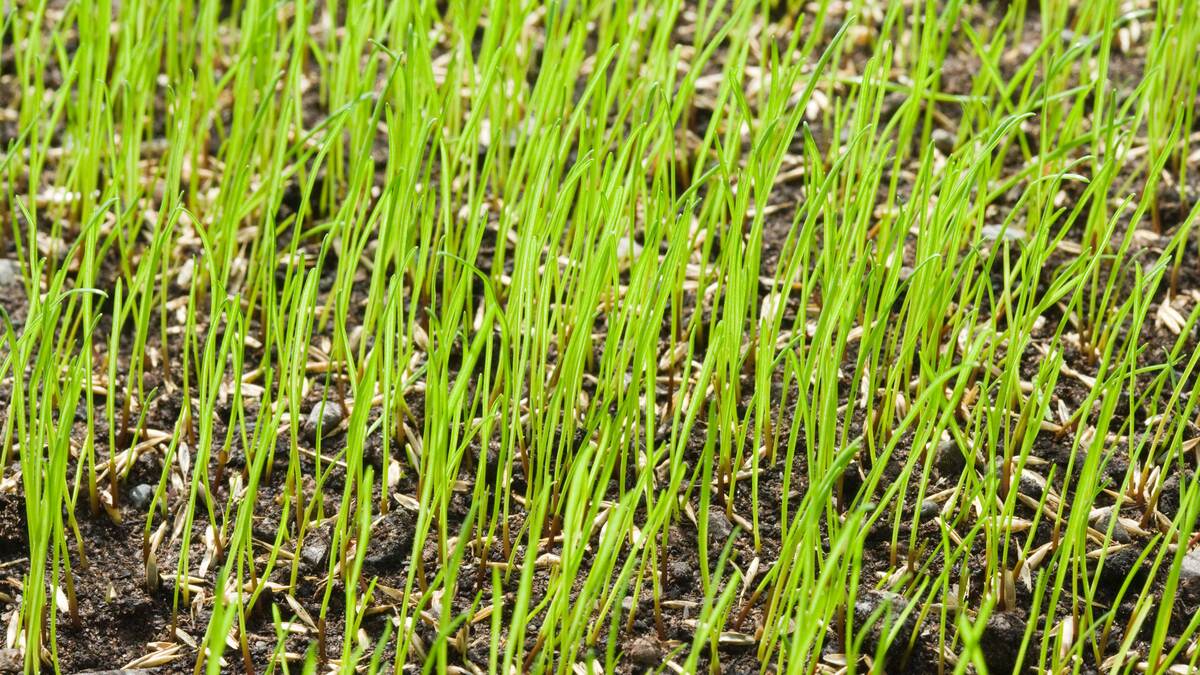
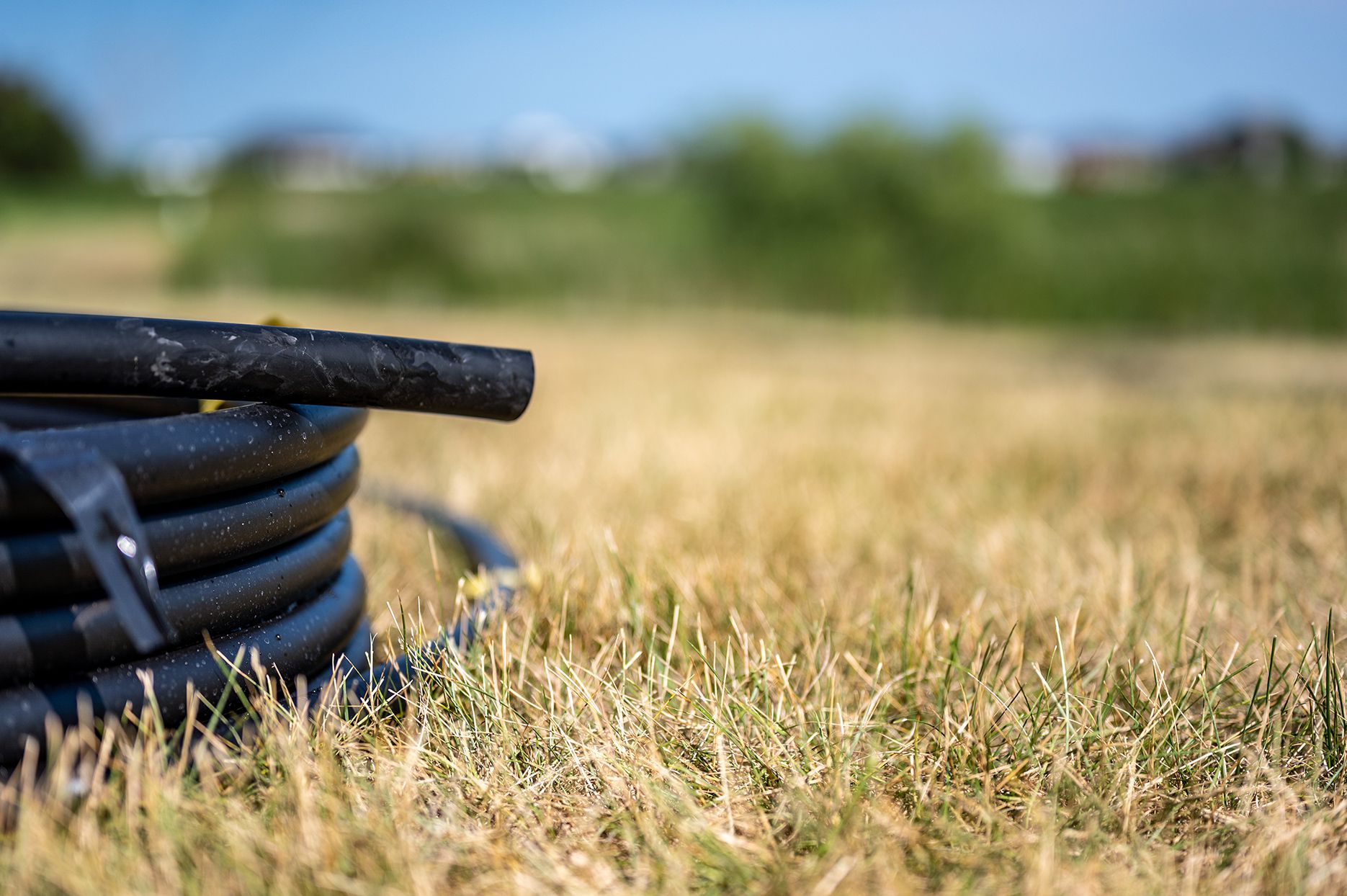
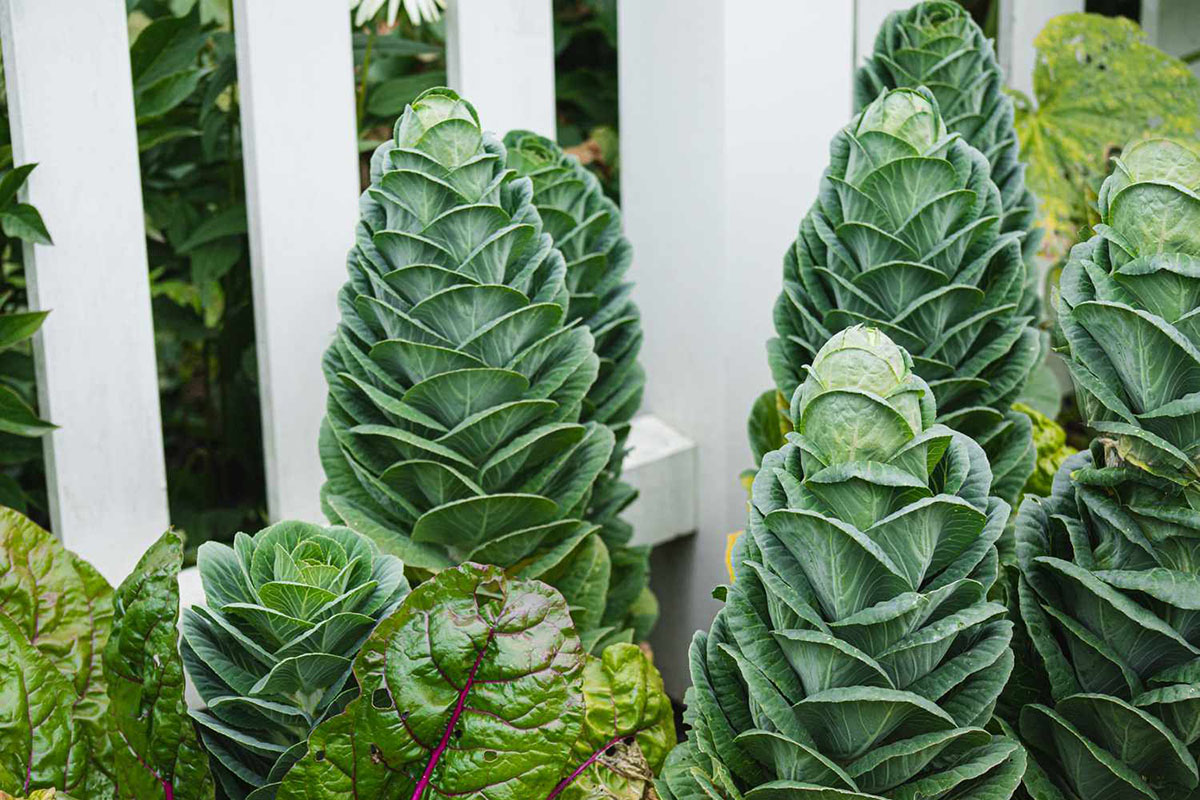
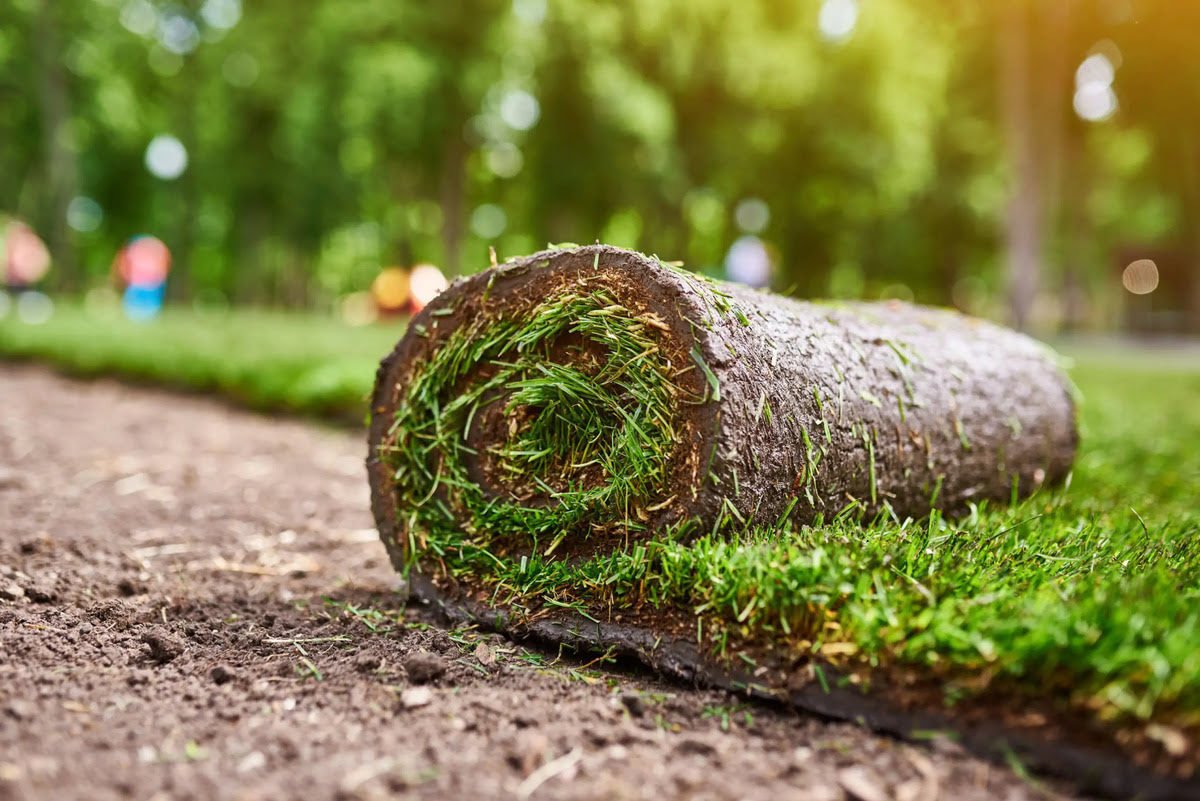
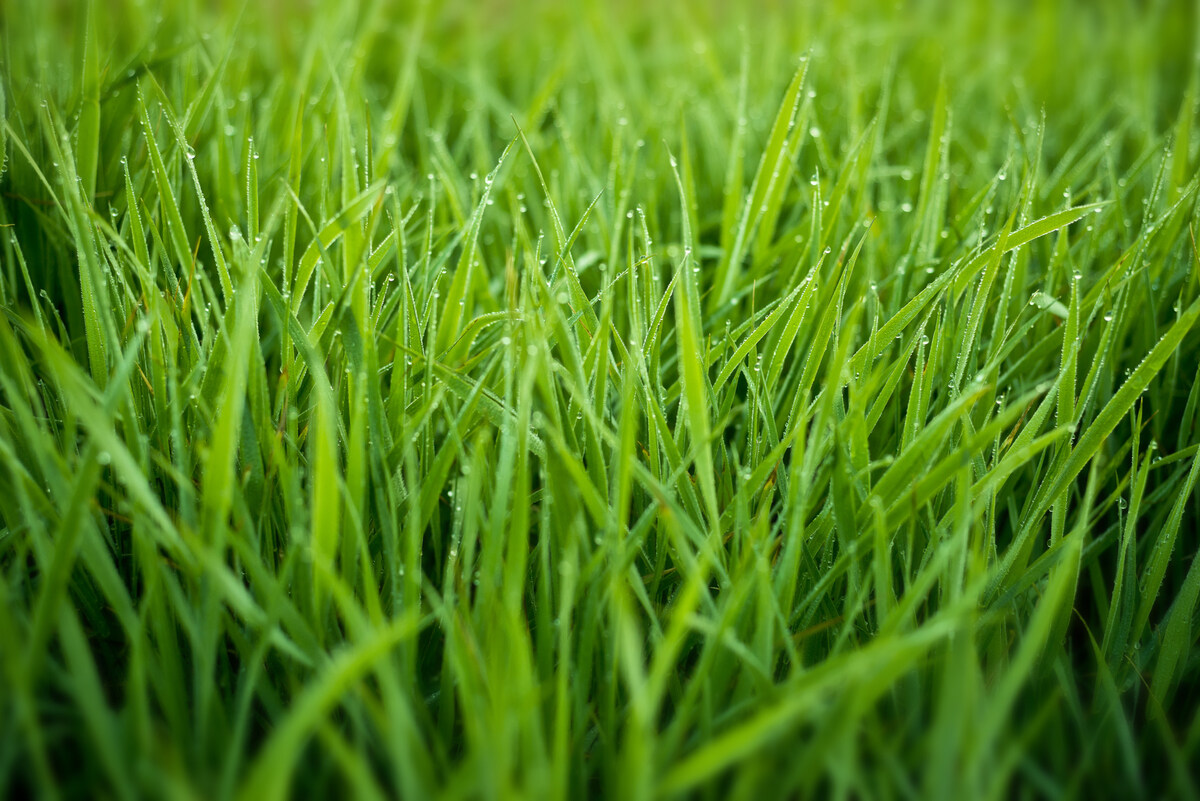
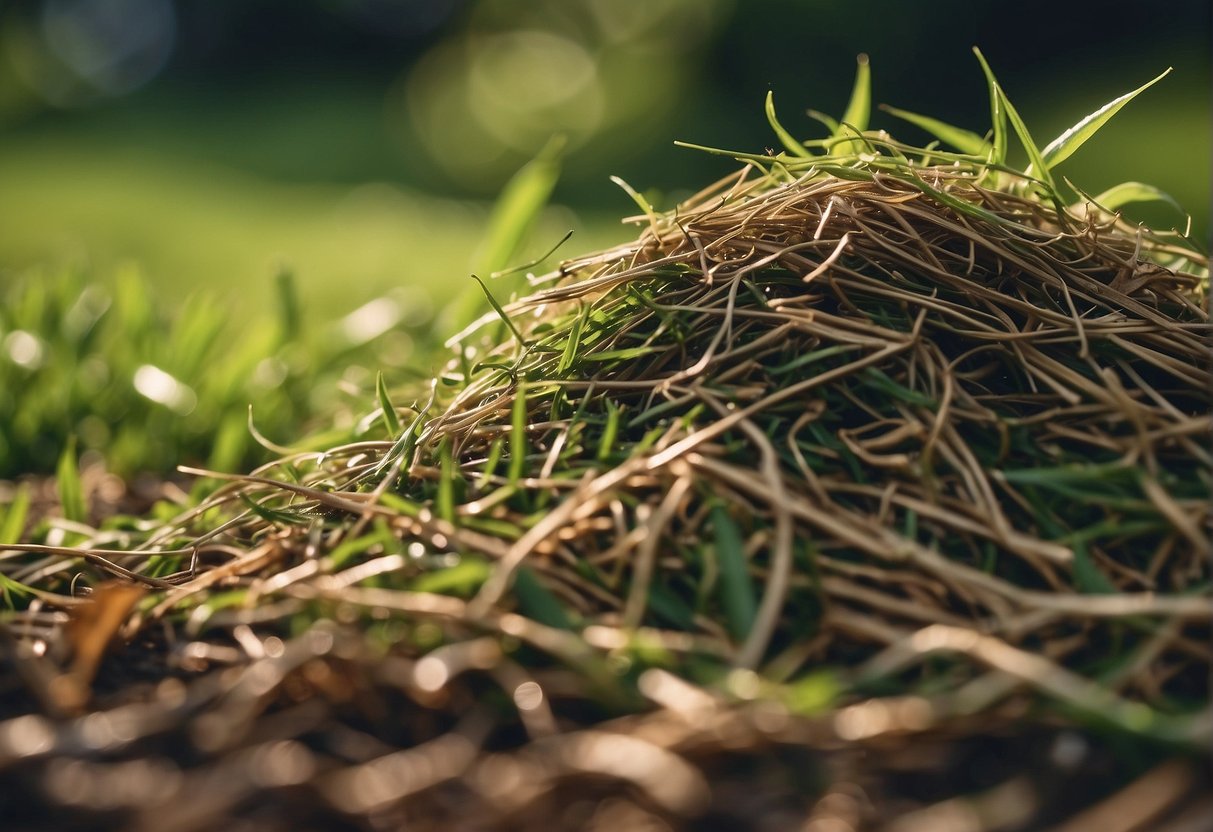
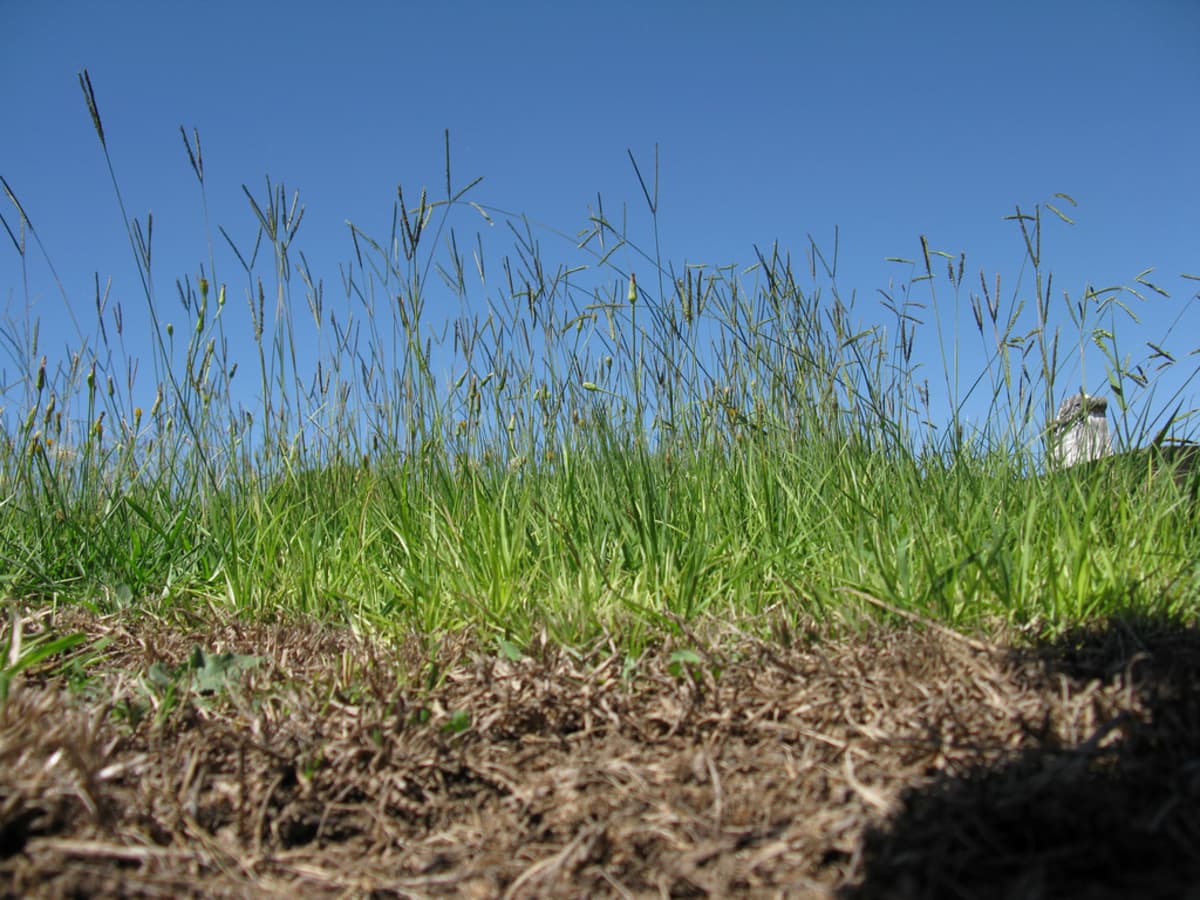
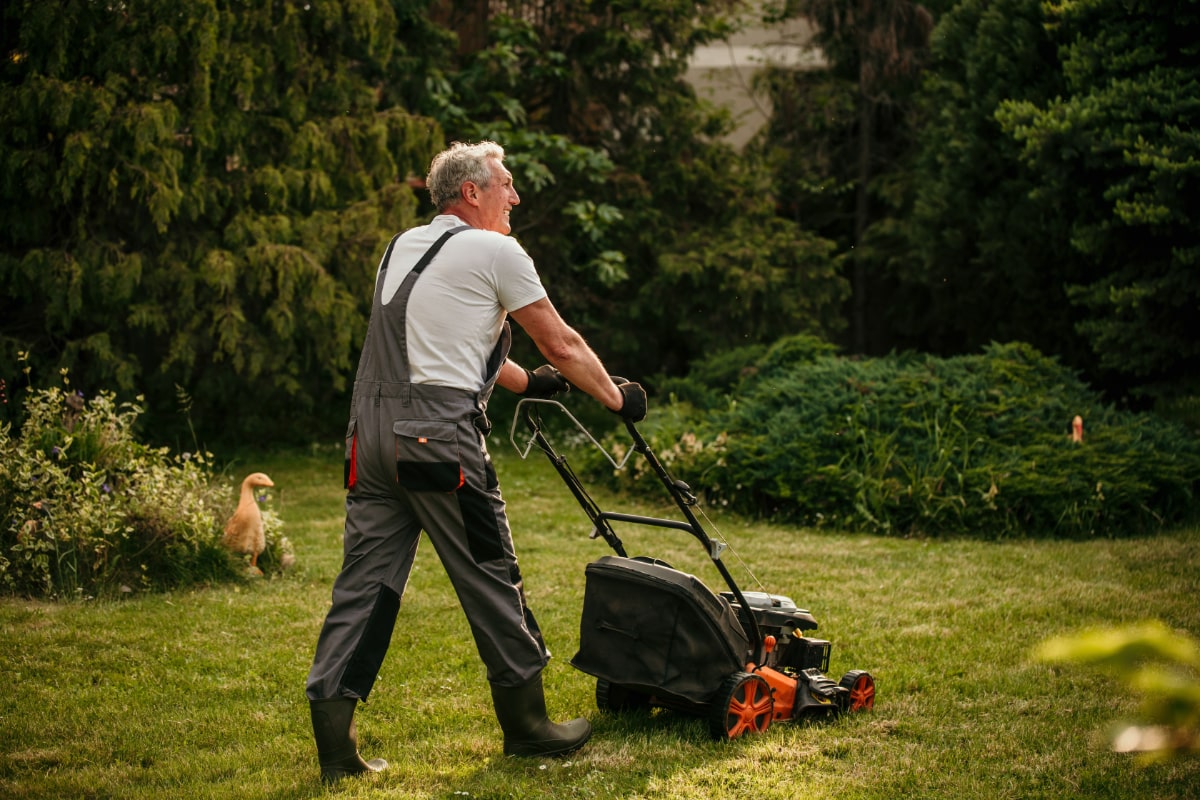

0 thoughts on “How Long Does It Take For Grass To Turn Green”